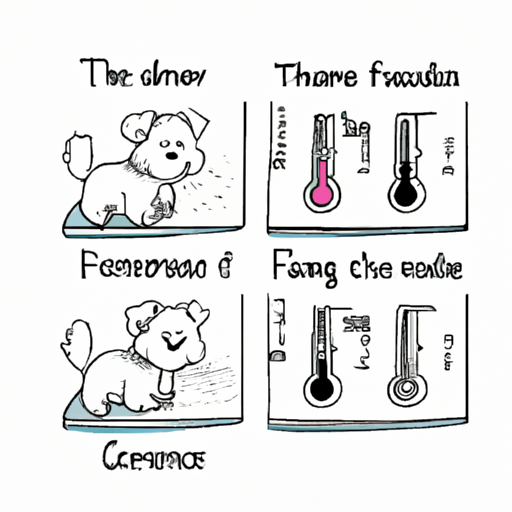“`markdown
What Temperature Can Dogs Be Outside
As a caregiver, your priority is to provide a safe and comfortable environment for your dogs. You must be wondering, “What temperature can dogs be outside?” Here, we will delve into this topic to provide you with the answers you need.
Understanding Your Dog’s Tolerance To Temperature
Just like humans, dogs have their limits when it comes to tolerating extreme temperatures. Factors such as breed, age, health, and fur type play a role in how well they can handle the cold or heat. For instance, breeds with thick coats like Alaskan Malamutes can withstand colder temperatures, while those with short fur or small bodies like Chihuahuas may struggle.
- Breed: Some breeds are built for cold weather, such as the Siberian Husky, while others like the Dachshund are more suited for warmer climates.
- Age: Puppies and senior dogs are more susceptible to temperature extremes.
- Health: Dogs with health conditions may have a lower tolerance to the cold or heat.
- Fur Type: Dogs with thick, double coats are better equipped for cold weather, while those with thin coats may need extra protection.
When Is It Too Cold?
While dogs can handle colder temperatures than humans, they also have their limits. Generally, temperatures below 45°F can begin to make dogs uncomfortable, and temperatures below 32°F can potentially pose a risk to their health. However, these are just guidelines, and individual tolerance can vary greatly.
Here’s a simple table to help you understand:
| Temperature | Potential Risk For Dogs |
|---|---|
| Above 45°F | Generally Safe |
| 45°F – 32°F | Some Risk |
| Below 32°F | High Risk |
When Is It Too Hot?
On the other end of the spectrum is heat. Dogs don’t sweat like humans. Instead, they pant to cool themselves down. This makes them more susceptible to heatstroke. Temperatures above 80°F can start to pose a risk, especially for brachycephalic breeds like Bulldogs or Pugs.
Dressing Your Dog For The Weather
If the temperatures are extreme, you may need to dress your dogs in protective clothing. This could be a sweater for cold weather or a cooling vest for hot weather. Just remember, your dog’s comfort is key, so always ensure the clothing is well-fitted and not causing any distress.
Frequently Asked Questions
Q: Can dogs stay outside in the snow?
A: It would depend on the breed, health, and age of your dog. Snow can be fun for some dogs, but prolonged exposure can be harmful.
Q: How can I tell if my dog is too cold?
A: Signs may include shivering, lethargy, and seeking warmth. If you notice these signs, bring them inside immediately.
Q: What about hot weather? What signs should I look for?
A: Signs of overheating include excessive panting, drooling, and lethargy. Always provide plenty of water and shade in hot weather.
Remember, as a caregiver, your dog’s well-being is in your hands. Always keep an eye on the weather and adjust your dog’s time outside accordingly.
“`



